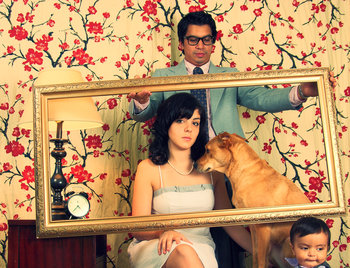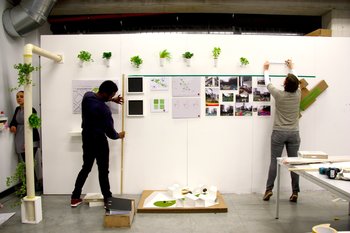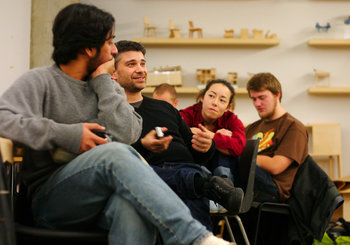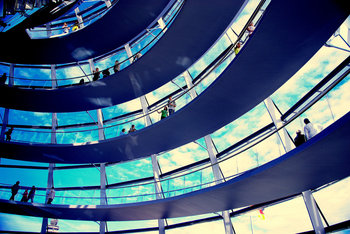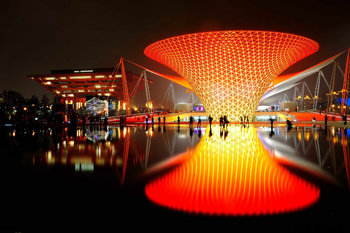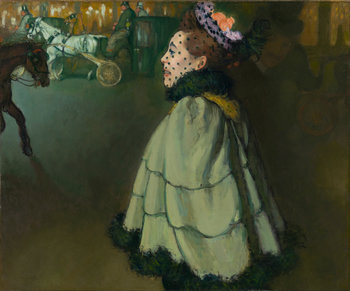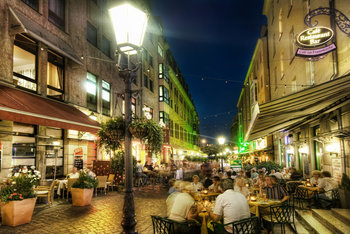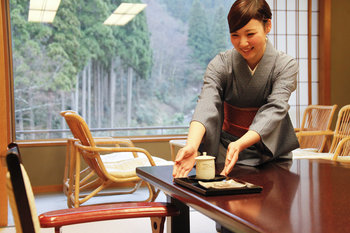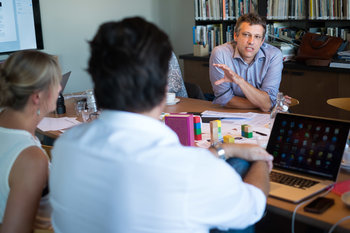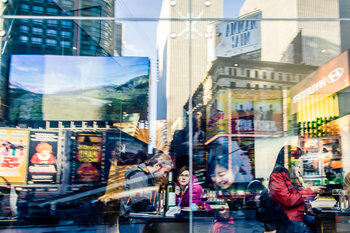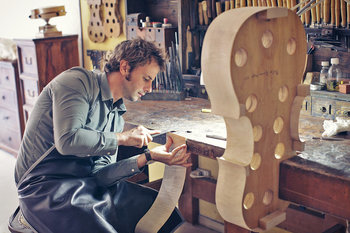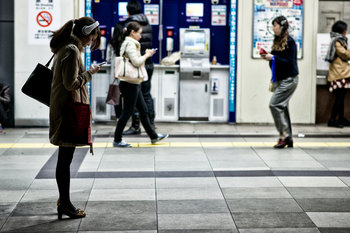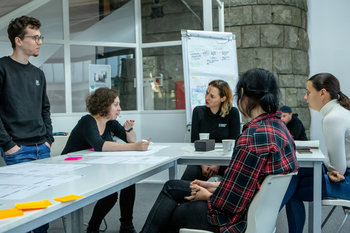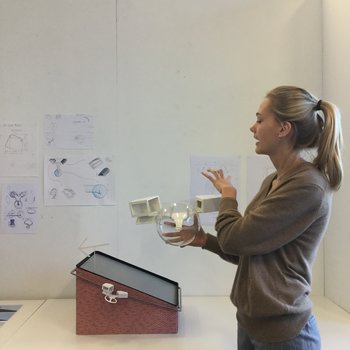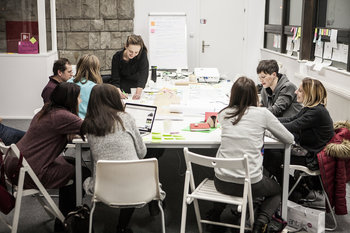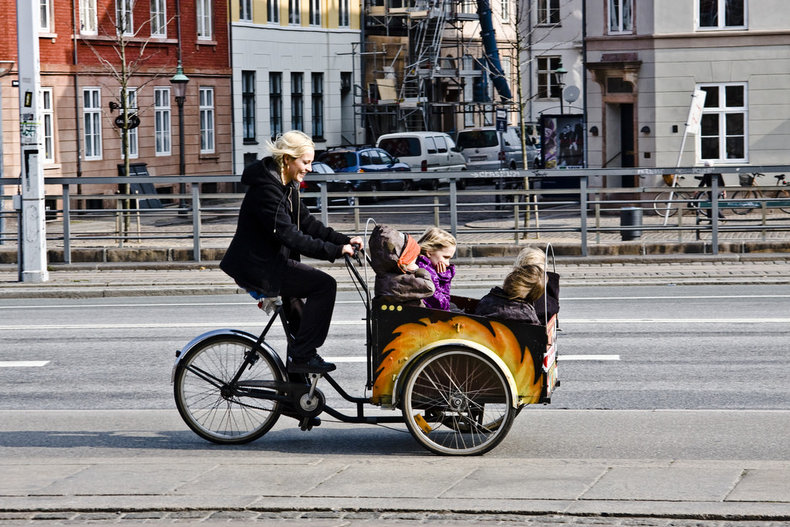
Functionality & Features
Functionality that serves customer needs and meets customer expectations. Another factor in design quality is avoiding features that customers find annoying. In many cases, products with few features can be perceived as higher quality than a product packed with features.Performance
The operational characteristics of a design such as the conversion efficiency of solar panels.Usability
A design that is pleasing to use.Accessibility
A design that is equally useful for everyone.Aesthetics
A pleasing look and feel.Reliability
Designs that endure real world conditions over time.Predictability
Designs that work as people expect. For example, if a user interface requires training to use it may be poorly designed.Consistency
Consistency such as a user interface with the same controls on every page.Stability
Designs that are error free.Fault Tolerance
The ability to continue in a reasonable way when an error occurs. For example, an aircraft that doesn't suddenly halt and catch fire every time an error occurs.Safety & Security
Designing things for safety and security. For example, transportation systems designed to reduce human error.Reusability
A design that is reusable and extensible. For example, a mobile device that allows memory to be upgraded as opposed to requiring a completely new device when you need more capacity.Communications & Packaging
Packaging and communications such as as instructions. Packaging has a significant impact on quality perceptions. In many cases, packaging such as a reusable shoe bag can be considered a feature.Experience
Intangible elements of quality such as a business tool that is as engaging as a game.Emotional Durability
A design that people value at an emotional level such that they don't easily throw it out. For example, a bicycle that is worth fixing when it breaks.Refinement
The overall sophistication and elegance of a design. For example, a cosmetic product that is effective with just three natural ingredients might be viewed as more refined than a product with 50 chemicals.| Overview: Design Quality | ||
Type | ||
Definition | The value of a design to customers. | |
Related Concepts | ||





